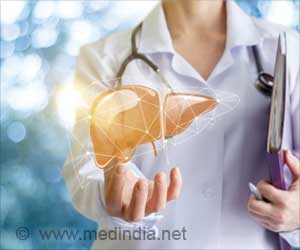Wireless mobile X-ray kits that make use of tablet computers have been deployed by Japanese medics who are treating victims of the Philippines typhoon.

Joji Tomioka, coordinator of the Japan Medical Team for Disaster Relief, said the system had been created in response to what doctors needed in the aftermath of the Japanese disaster.
"This is the first time that we are deploying it in a disaster situation," Tomioka told AFP at a modern tent medical clinic put up by the Japanese government to help victims of typhoon Haiyan, which crashed through the central Philippines more than a week ago.
At the partly air-conditioned clinic in the ruined city of Tacloban on Leyte island, a radiologist placed a camera on the chest of 72-year-old Carlos Llosa as he sat in his wheelchair.
The X-ray image was instantaneously transmitted through a wireless router to an iPad and to a nearby laptop.
With a thumb and a finger, the doctor was able to zoom in for a more detailed view of the problem area.
Japan's 26-strong medical team includes doctors, nurses, pharmacists, cardiologists and medical technicians. The outfit is able to provide medicine and carry out minor surgery.
The National Disaster Risk Reduction and Management Council in the Philippines says 3,633 people are now reported to have died when the ferocious storm hit.
The United Nations said Saturday that 2.5 million people still "urgently" need food.
"The Philippines helped us during our hour of need in the tsunami," Tomioka said, referring to the global outpouring of sympathy in the aftermath of a catastrophe that cost 18,000 lives.
"Now it's our turn to give back."
Japan said Friday it was tripling its emergency aid package for the Philippines to more than $30 million, and was sending up to 1,000 troops to help with relief efforts.
It is expected to be the first time that Japanese troops are active in Leyte since the island turned into one of the biggest battlegrounds of World War II, when US forces counter-invaded in 1944.
Tacloban was the first Philippine city to be liberated from Japan's occupying forces.
Source-AFP
 MEDINDIA
MEDINDIA



 Email
Email




